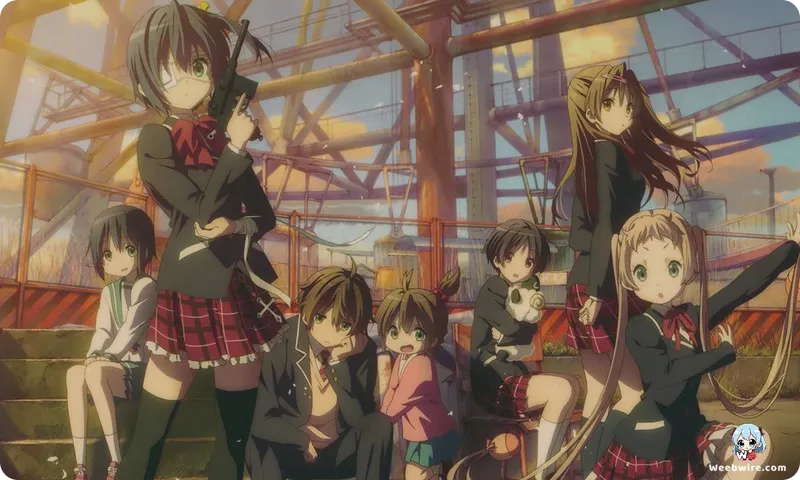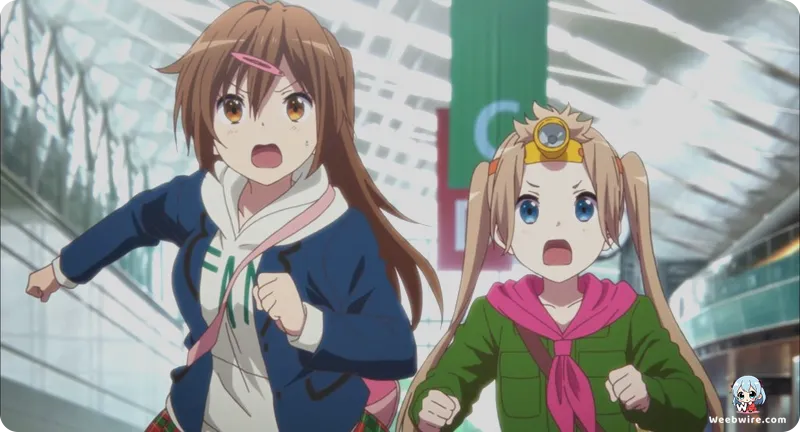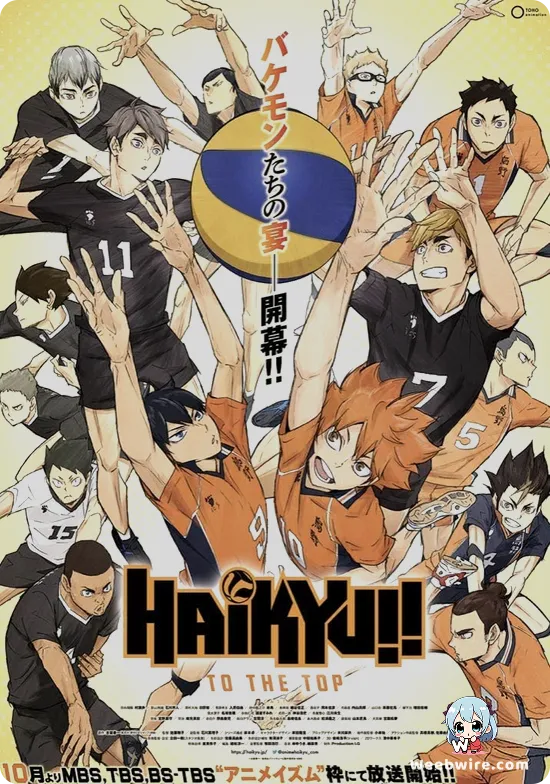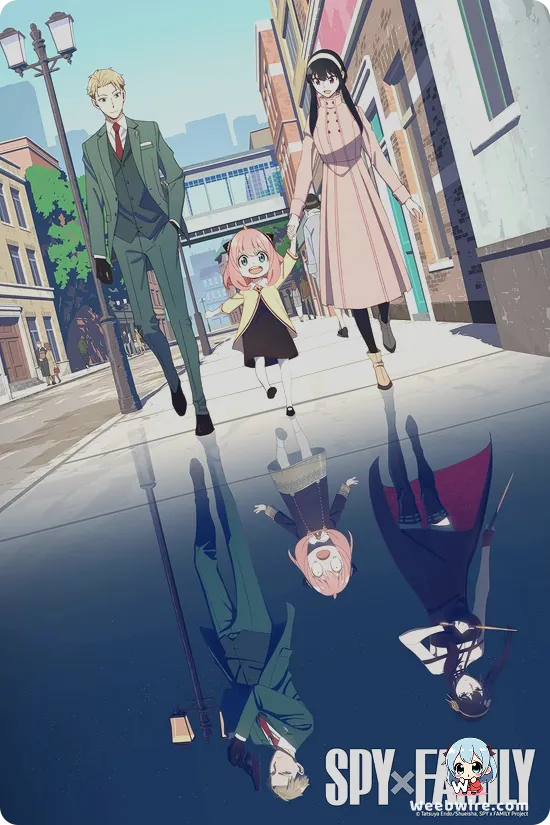Kyoto Animation's 'Take on Me': A Masterful Exploration of Chunibyo's Enduring Magic and Evolving Romance

Released in 2018, Love, Chunibyo & Other Delusions: Take on Me stands as a cinematic triumph, offering fans a captivating continuation of the beloved Love, Chunibyo & Other Delusions anime series. Produced by the acclaimed Kyoto Animation, this feature film plunges deeper into the intricate, evolving relationship between Rikka Takanashi and Yuta Togashi, delivering a journey brimming with heartfelt moments and comedic brilliance. It masterfully explores the delicate balance of adolescence, the path to self-acceptance, and the enchanting persistence of imagination. While the series' premise is widely known, the film and the broader 'Chunibyo' phenomenon it so vividly portrays are rich with fascinating details and profound insights often missed.
Understanding the 'Chunibyo' Phenomenon
The term 'Chunibyo,' or 'eighth-grade syndrome,' colloquially describes adolescents who find profound solace in their own elaborate fantasy worlds, often convinced of possessing extraordinary powers. While the Love, Chunibyo & Other Delusions franchise didn't originate this term, it undeniably propelled it into the mainstream anime consciousness, offering a uniquely sympathetic and humorous perspective on this often-misunderstood developmental stage. The anime expertly navigates the comedic absurdity of these grand delusions alongside the genuine emotional turmoil of growing up, rendering characters like Rikka Takanashi profoundly relatable despite her dramatic declarations about her 'Evil Eye' and the 'Tyrant's Eye.'
Rikka's Emotional Depth and Yuta's Support
A particularly compelling aspect of Rikka's character, brought into sharp focus within Take on Me, is the emotional depth beneath her chunibyo facade. Her fantastical realm is far more than a childish whim; it functions as a critical coping mechanism, a means to process profound grief and loss. Her 'Evil Eye' transcends mere aesthetic flair, symbolizing her steadfast refusal to conform to the mundane and often painful realities of life. The film expertly illustrates the nuanced challenge Yuta faces, balancing his unwavering support for Rikka's imaginative world with a gentle nudge towards a more grounded reality, especially as their relationship matures. This dynamic showcases Kyoto Animation's consistent brilliance in crafting characters imbued with complex, believable motivations.

Kyoto Animation's Visual and Narrative Excellence
Kyoto Animation's unparalleled animation quality is, without question, a cornerstone of the series' and film's widespread success. Their hallmark attention to detail imbues the fantastical elements of chunibyo with a tangible excitement, while simultaneously anchoring the emotional, slice-of-life scenes with subtle expressions and fluid character movements. The studio's remarkable ability to seamlessly interweave dynamic action sequences, filtered through Rikka's vivid imagination, with tender, introspective moments is a testament to their artistic virtuosity. For Take on Me, this commitment manifested in elevating the visual storytelling during the couple's spontaneous road trip, making every scenic backdrop and every interaction feel vibrantly alive, even amidst the most intense 'delusions.'
Film's Original Narrative Path
Moreover, the original light novel series by Torako, serving as the foundation for the anime, offers an even deeper exploration into the characters' inner worlds and the genesis of their chunibyo. While the anime is celebrated for its visual dynamism and comedic timing, devotees of the source material often highlight specific internal monologues and nuanced character developments that further enrich the narrative. Take on Me distinguishes itself as an original story, charting a new course divergent from the light novel's conclusion to forge a fresh narrative path for Rikka and Yuta. It focuses intently on their romantic progression and the inherent challenges of sustaining a chunibyo lifestyle within a maturing relationship, a creative choice that allowed the film to delve into unexplored emotional territories.
The Impact of Sound and Voice Acting
Further enhancing the experience is the meticulous sound design. The distinctive sound effects accompanying Rikka's 'powers' and the dramatic musical cues underscoring her battles are indispensable in sustaining the illusion of her chunibyo. These elements are not merely auditory backdrop; they are active participants in constructing Rikka's world, rendering her fantastical skirmishes genuinely epic, even when purely imagined. The voice acting, particularly Maaya Uchida as Rikka Takanashi, is equally outstanding. Uchida's remarkable talent for conveying both the grandiose confidence of Rikka's chunibyo persona and the underlying vulnerability of an insecure teenager provides an essential layer of authenticity that deeply resonates with audiences.
Conclusion: A Poignant Capstone
Ultimately, Love, Chunibyo & Other Delusions: Take on Me serves as a beautiful and poignant capstone to a cherished series. It champions the idea that a touch of delusion can be a potent and even necessary facet of life, especially when shared with a loved one. It offers a heartwarming reminder that growing up doesn't necessitate abandoning all forms of imagination, but rather discovering how to integrate it into a more mature understanding of the world. The film stands as a resounding testament to Kyoto Animation's profound ability to craft narratives that are simultaneously profoundly humorous and deeply moving, leaving an indelible mark on its audience.
Credits
Love, Chunibyo & Other Delusions: Take on Me
Author
Torako
Cover Art
Nozomi Osaka
Studio
Kyoto Animation
Publisher
Kyoto Animation (KA Esuma Bunko)
Producers





